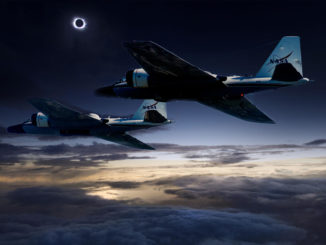
Month: July 2017


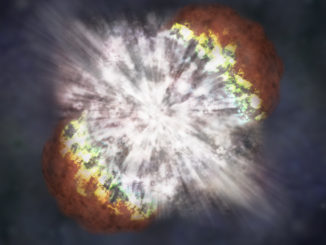
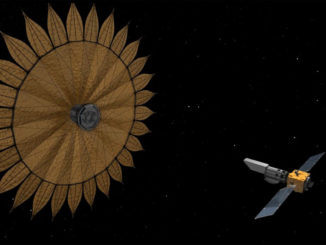
Study teams comb through NASA’s wish list for new telescope
Scientists outlining four concepts for a powerful new space telescope that could launch in the 2030s this week said improvements in optics, detectors and access to huge new rockets like NASA’s Space Launch System could revolutionize the way astronomers observe potentially habitable planets, black holes, and the earliest galaxies in the Universe.
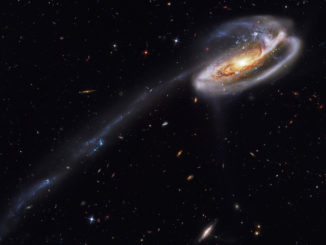
Scientists get best measure of star-forming material in early galaxy clusters
Astronomers have combined observations from several of the world’s most powerful telescopes to carry out one of the largest studies yet of molecular gas — the raw material which fuels star formation throughout the universe — in three of the most distant clusters of galaxies ever found, detected as they appeared when the Universe was only four billion years old.
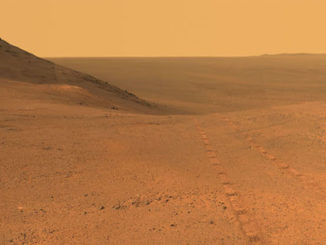


Pioneering probe for gravitational wave observatory ends mission
The European Space Agency’s LISA Pathfinder spacecraft, now sailing around the sun on a trajectory away from Earth, was deactivated Tuesday after a nearly 18-month mission testing previously-untried lasers, vacuum enclosures, exotic gold-platinum cubes and micro-thrusters needed for a trio of gravitational wave observatories set for launch in the 2030s.
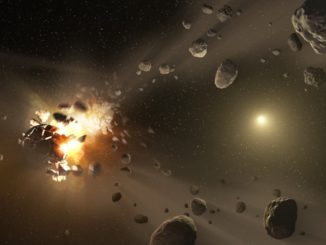

Distant galaxies ‘lift the veil’ on the end of the cosmic dark ages
Astronomers studying the distant universe have found that small star-forming galaxies were abundant when the universe was only 800 million years old, a few percent of its present age. The results suggest that the earliest galaxies, which illuminated and ionized the universe, formed at even earlier times.
